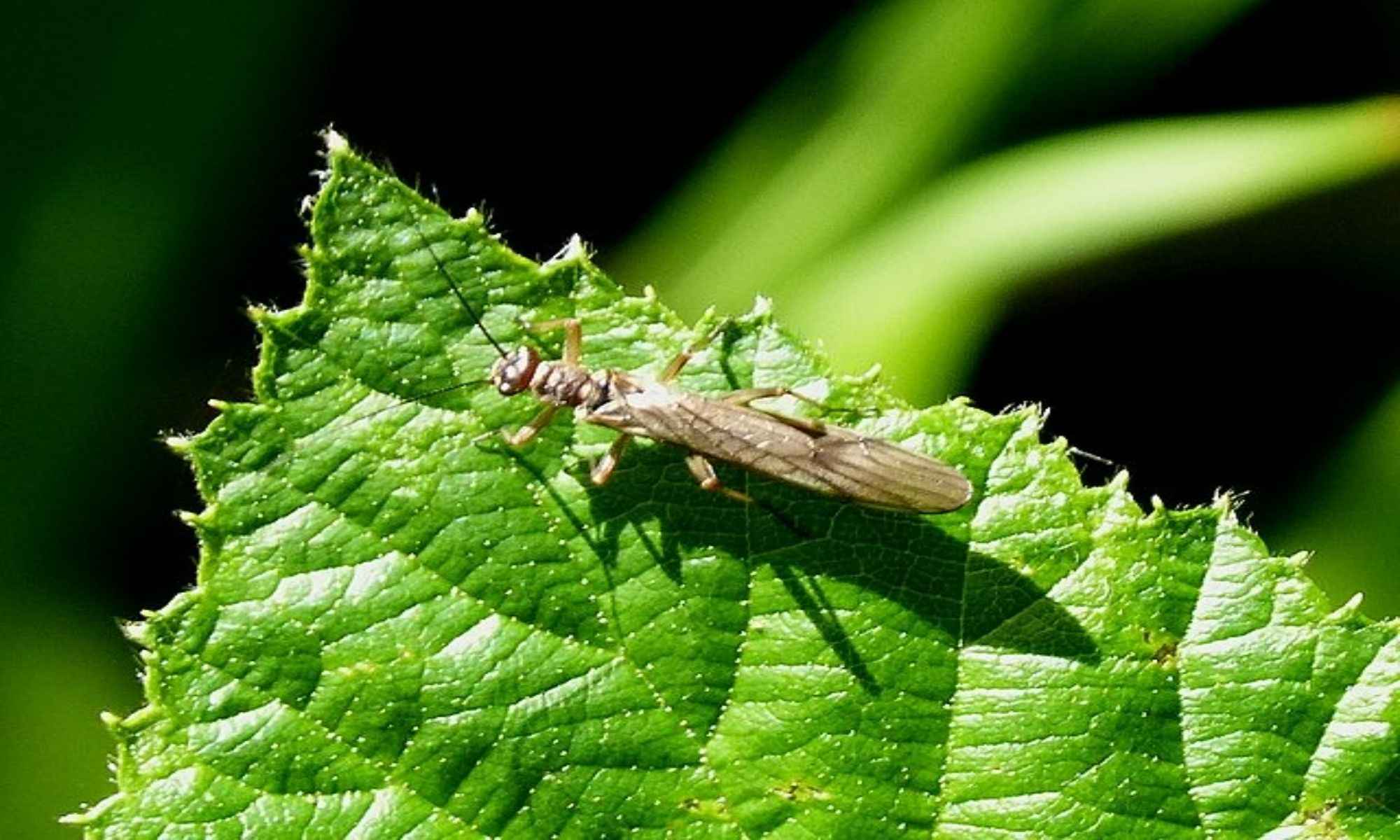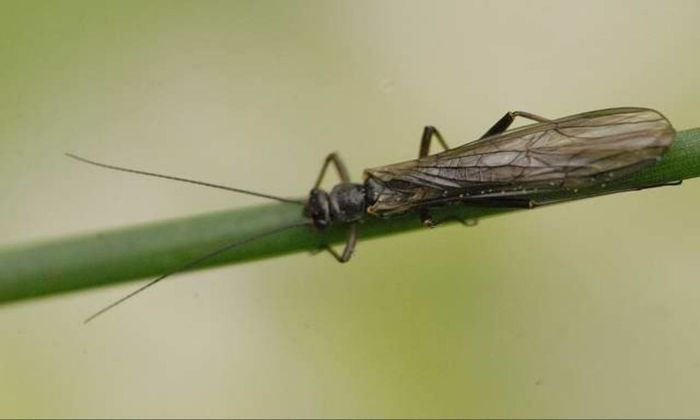Great Tips for Catching Fish With Brown Stonefly
Know all about the brown stonefly and get tips on how to catch fish using this fly pattern.

The brown stonefly is a fly angler’s favorite fly pattern, especially when trout fishing all year round. There are thousands of brown stonefly species, so they’re a little hard to distinguish, even though only nine are in the United States. The easiest way to spot them is to look for them on the stream sides where there are rocks and vegetation. They are often on the blackish, brownish red, or dark brown side and are a little bigger than most other aquatic insect species you might find, like the mayfly or the caddisfly. Their sizes can vary from 10mm to 25mm.

Stoneflies go through three life cycle stages and are available as food for trout in their nymph and adult stages. Stonefly nymphs look similar to a mayfly nymph, only a little larger. Unlike the mayfly nymph, though, the stonefly nymph is highly sensitive and cannot just survive in varying water conditions. They need cool, well-oxygenated, and clean water, preferably those that are rapid or medium-rapid. They live under rocks underwater before they hatch. They can spend two to four years at the bottom of the water and are the primary food source for trout all year round.
Adult stoneflies don’t look that much different from their nymph counterparts. What distinguishes them is that they now have four wings and have fully hatched out of the water.

Why Go Fly Fishing with a Stonefly?
Many expert trout anglers say that the presence of stoneflies in any given trout stream or water is evidence of the waterbody’s vitality. So if you can spot one with a healthy population of stoneflies, you can guarantee that it also has a healthy population of trout.
Stonefly fishing is quite exciting and can be done all year round. Stoneflies are big compared to other flies and bugs, making them all the more attractive to big fish, especially trout.
There are two ways to fly fish using a stonefly pattern — one is with a nymph pattern and another with a dry fly pattern. Both patterns offer great fly fishing opportunities, depending on when and how you present them.
Tips for Catching Fish with a Brown Stonefly:
1. Use Stonefly Patterns from the beginning of June to the End of August
Stoneflies are around all year round but are the most productive from June to August. Fish with them in the early morning or late afternoon when the waters are guaranteed cooler.
2. Imitate Stonefly Nymph Just Before a Hatch
To hatch, stoneflies emerge from the water under stones or rocks on the stream floor, then crawl toward the banks. This is when trout are on their backs, ready to feast on them. If you time your stonefly fishing before they hatch, you better use a nymph imitation to guarantee success. Be as realistic as possible, especially during a mass hatching season, as trout can get quite picky. Observe the stonefly nymphs in your waterbody of choice and approximate the size and color of the species in the area for the best results.
4. Cast Stonefly Patterns in Clean and Fast Waters Only
Stoneflies cannot survive in less than pristine water, so if you’re planning on using your stonefly pattern, make sure you’re in a clean water body with fast or even medium-fast waters with stony or rocky bottoms. Back country rivers and streams usually fit the bill.

5. Have an Array of Stonefly Pattern Sizes at Hand
Stonefly patterns come in sizes #8 to #12. According to expert fly anglers, sizes #10 and #12 guarantee the most success. However, it’s still a good idea to keep a few sizes available at hand to experiment with because you never know just what might catch a trout’s fancy.
6. When Presenting, Patience is Key
To cast a stonefly pattern, move quietly downstream along the bank so you don't spook your catch. Cast upstream and across the current, allowing your fly to drift and be dragged by the current while aiming towards yourself. Occasionally, you should lift and lower your fly rod tip. Don’t put your nymph out too early.
7. For a Big Thrill, Use a Stonefly Dry Fly
A dry stonefly fly is patterned after an adult stonefly fully emerges and flies freely over the water or near the surface. Large fish like to gobble up these adult stoneflies as they jerk around on the water surface.
Their season coincides with the spring runoff, so to use them effectively when dry fly fishing, head towards the slower water that holds fish. Splash the fly around on the river surface to imitate an adult stonefly.
The best imitation of an adult stonefly is made out of foam or deer hair. Make it large and leggy to create a splash as you twitch it on the water surface.
8. Move Around
If you don’t see stoneflies flying and twitching on the water surface, head toward the stream edges with dense brushes and willows, preferably those hanging over the water’s edges. Cast your fly beneath these overhanging branches or bushes and wait for the trout to emerge from the shadows.




